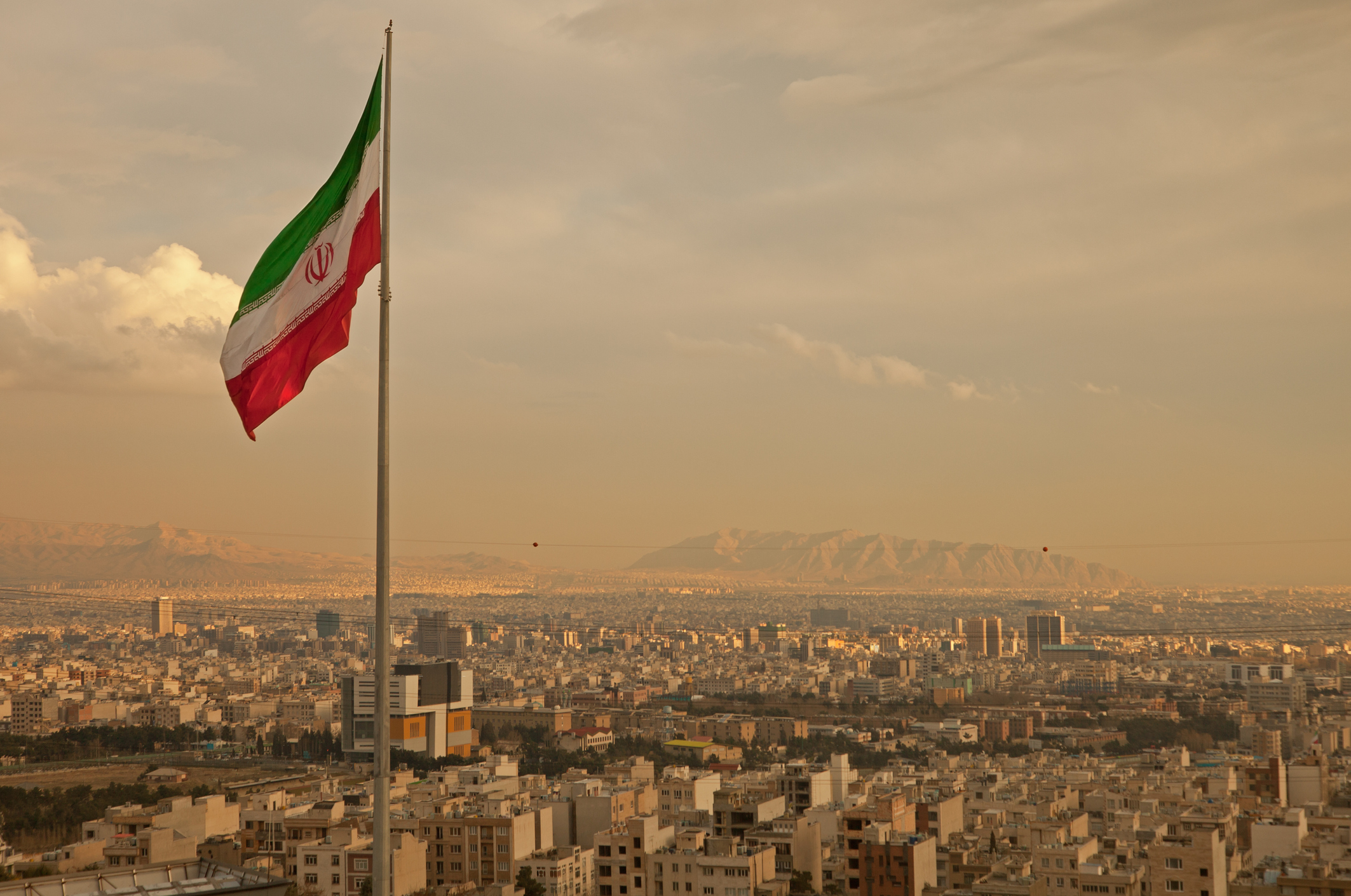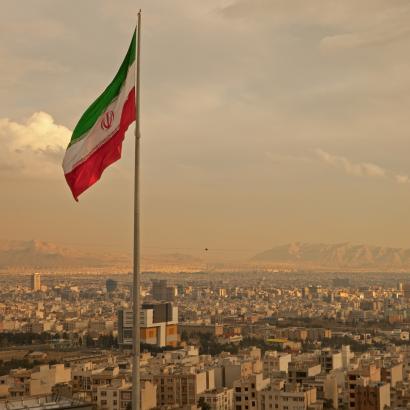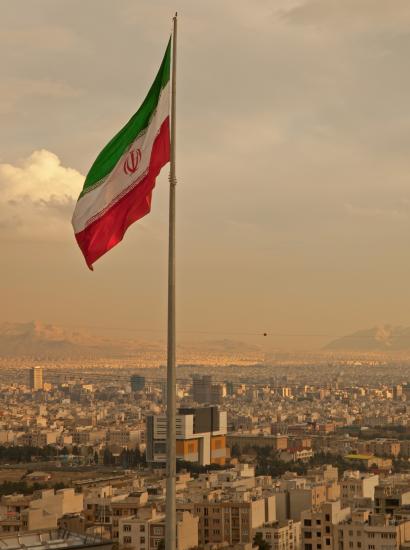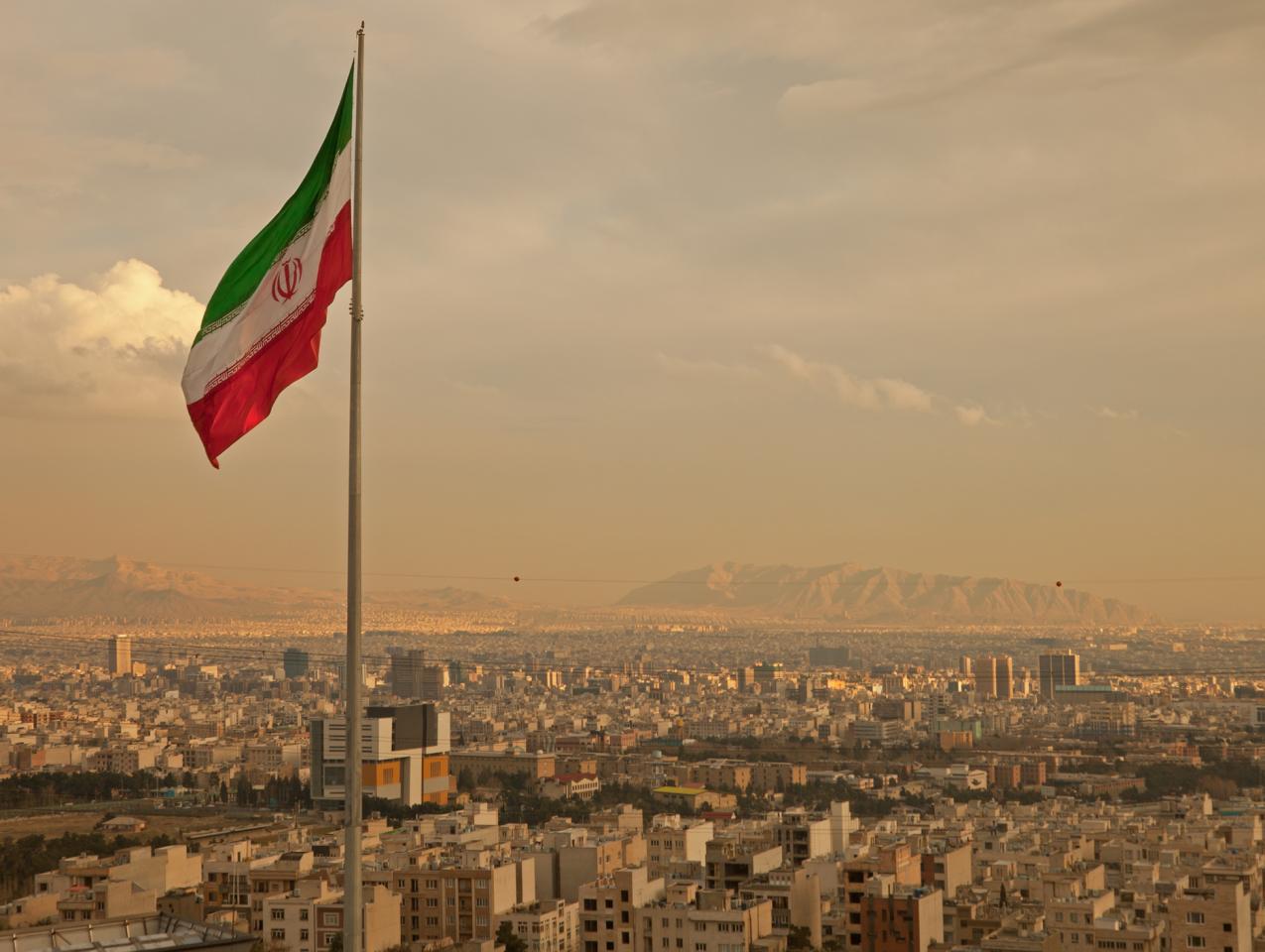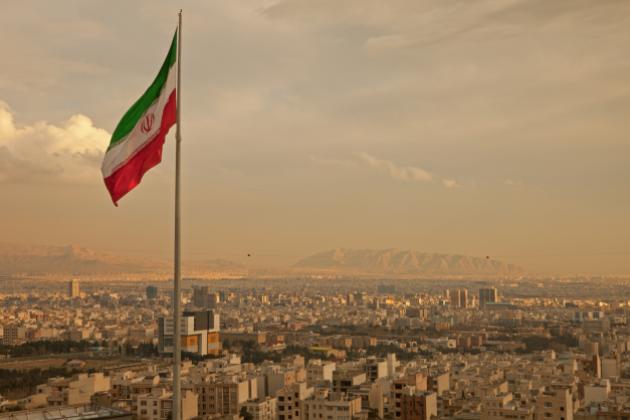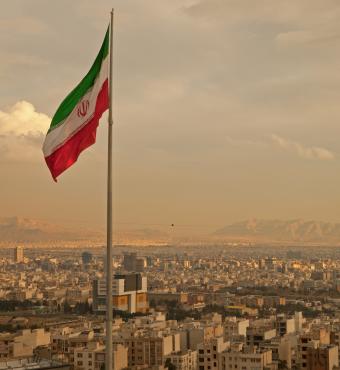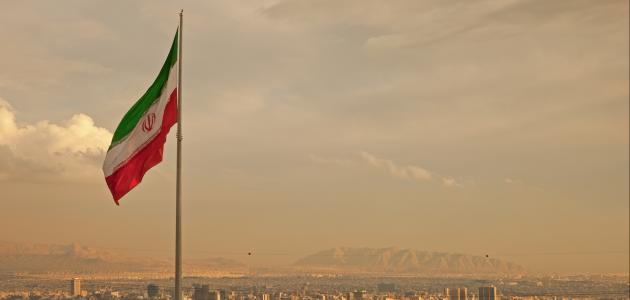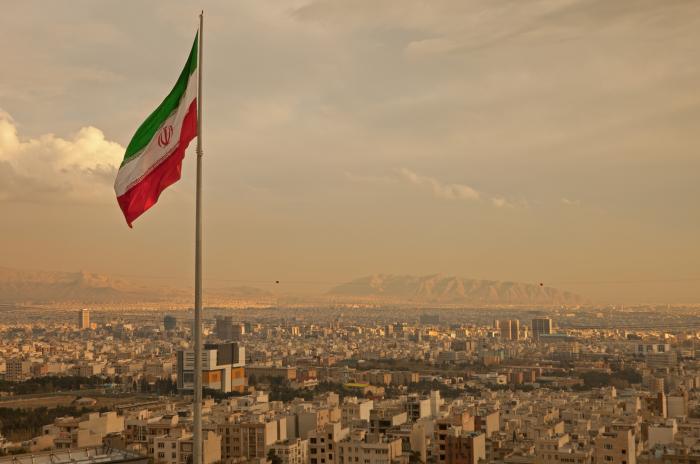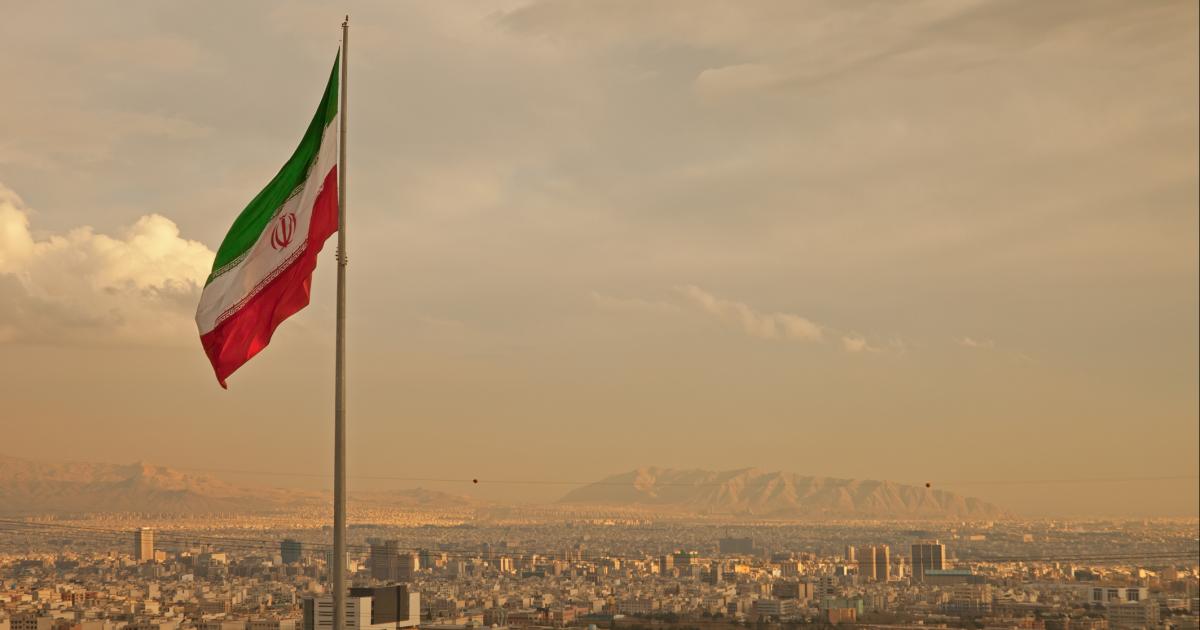- International Affairs
- Key Countries / Regions
- Middle East
- Security & Defense
- US Defense
- US Foreign Policy
- Cyber Security
- Terrorism
The core state in the Arabian Peninsula is Saudi Arabia. The rest are small countries with less than one million citizens each. Hence, if we want to talk about Gulf policy towards Iran we need to talk about Saudi policy. Competition between Saudi Arabia and Iran existed before the Iranian revolution but at that time both countries were allies of the US. According to the Nixon Doctrine, they were the twin pillars of security in the Gulf facing the Soviet threat. After the outbreak of the Iranian revolution the two countries became enemies. Ruhollah Khomeini ridiculed the house of the Saud as stooges of the Americans. The export of the revolution was put as a preamble in the Iranian constitution. The Gulf monarchies immediately saw the Iranian revolution as an existential threat, and relations with the U.S. imploded over the hostage crisis. The assault by Saddam Hussein that precipitated seven years of war with Iran was financed by the Gulf countries and is looked on with great bitterness by the Iranians for the injustice of its cause and the heavy price the country paid.
The embargo which followed the coming to power of Khomeini deprived Iran of the spare parts needed to maintain and modernize its arsenal. It was forced to look for creative ways of deterrence as well as a projection of power in a hostile environment. Knowing that its archaic warplanes cannot match the advanced Saudi air force, Iran relied on sleeper cells and on activating Shia communities in the region and playing on their grievances as minorities in Sunni countries. This is an especially sensitive issue in Saudi Arabia where the Shia population is located in the oil rich eastern province. The Wahhabi doctrine considers the Shias as Raffidis or rejectionists, outside the bounds of Islam. This has created an opening for Iranian influence in the form of sleeper cells.
Iran's expansionism, the export of the revolution, was limited at first to Lebanon. Despite its weakness after the First Gulf War resulting from the embargo, the Saddam regime provided a good dam against Iranian expansionism. It followed a very simple strategy based on the fact that 54% of Iranians are Persians and the rest are minorities, and it therefore worked on identity politics and supported the non-Persian minorities, the Arabs in Ahvaz, the Beloushis, the Kurds, etc. Iraq kept Iran preoccupied internally.
The 2003 American invasion of Iraq changed all the parameters. The late Saudi foreign minister Saud al-Faisal said that the Americans offered Iraq to Iran on a silver plate. The fall of the regime created a void that was filled by Shia militias affiliated with Iran which gave the Islamic republic a boost. Iraq was in the proximity of Saudi Arabia’s oil rich fields in the Eastern province. From the south, Iran established a foothold in Yemen, capitalizing on the turmoil of the Arab Spring in that country as well as in Syria. As a result, Saudi Arabia now finds itself all but encircled.
The nuclear deal came as a slap in the face to Saudi Arabia. It was concluded behind its back for the simple reason that the Obama administration wanted to clinch a win in foreign policy, and including Saudi Arabia would have increased the complications. The deal was also controversial because Obama went in it by executive order and did not pursue Senate ratification, as is the case for treaties. The rationale behind the deal was that the incentive brought by the JCPOA would make Iran abandon its ideology and focus on growth. The deal had a counter effect. In order not to seem that Iran has bowed to the West and sold its principles in return for economic incentives, it increased its regional activism. Even the Secretary of State John Kerry admitted that some of the funds released went to fund terrorist groups and that the US has no control over that. There was a deep mistrust between Obama and the Saudis, especially when he said in his famous interview with The Atlantic that Saudi Arabia needs to learn how to share the region with the Iranians. The concept of “sharing “ the region with Iran made Saudi Arabia very nervous. The promises of the Trump campaign to get out of the deal were reassuring.
The Trump presidency buttressed Saudi Crown Prince Mohammed Bin Salman (MBS) who is ambitious and bold. MBS vowed to bring the conflict to the Iranians: “We won’t wait for the battle to be in Saudi Arabia, instead, we will work so that the battle is for them in Iran, not in Saudi Arabia”. In September 2018, a military parade was attacked in the city of Ahvaz in southwestern Iran. Ahvaz National Resistance, an umbrella group that claims to be defending the rights of the Arab minority in Khuzestan, said the group was responsible for the attack.
But again, the Saudi approach changed with Biden. The Biden campaign was based on reversing Trump policies, hence one of his promises was to go back to the deal. In addition, Biden had a harder stance towards Saudi Arabia. While Obama went into the deal with Iran and humored Saudi Arabia by selling them weapons and endorsing the war in Yemen, Biden released the Khashoggi report to embarrass Mohammed bin Salman, stopped the support for the Yemen war and removed the Houthis from the terrorist list.
It is important to examine the divergence in threat perception between the US and Gulf countries. Saudi Arabia and other Gulf countries do not see Iran’s nuclear capabilities as a primary threat to them, as Iran is not going to use nuclear weapons against Riyadh or Abu Dhabi. Israel, on the other hand, sees a nuclear Iran as an existential threat because Iran has vowed to wipe Israel from the face of the planet. Saudi Arabia does see a threat in Tehran’s ballistic capabilities. However, the main threat is not really in the ballistic missiles themselves, as Arab Gulf countries have advanced anti-ballistic missile systems. It is instead in the sleeper cells and militia across the Arab countries and the proliferation of arms and missiles to these violent non-state actors.
Also, the threat perception differs among Gulf countries. Despite having a collaboration framework since the eighties, the Gulf Cooperation Council, the Gulf does not present a united front and the inter-Gulf rivalries are sometimes fiercer than the Gulf-Iranian rivalries. While Saudi Arabia sees Iran as the main threat, the UAE sees the Muslim Brotherhood as the main threat. Qatar has more or less good relations with Iran. They share the South Pars gas field. The blockade against Qatar deepened its relations with Iran. Iran stood with Qatar and helped compensate for the food shortage caused by the embargo, as 40% of Qatar’s food supply comes from Saudi Arabia. Kuwait, likewise, has a cordial relation with Iran. The Shia community is very influential in Kuwait and has an important representation in the parliament. In contrast, Bahrain, a country with a Shia majority, ruled by the Sunni Khalifa dynasty has a tense relationship with Iran. Iran had territorial claims on Bahrain that were settled in 1971 by the Shah but every now and then they are brought back up by Iran. Oman has always kept Saudi Arabia at arm’s length. Even as a member of the GCC it takes a passive role: Oman was the only GCC country that did not take part in the Yemen war.
The Abraham Accords have added another layer of complication. The UAE had a more or less acceptable relationship with Iran. When in January 2016, Saudi Arabia severed diplomatic ties with Iran following the attack on its diplomatic missions in Tehran and Mashhad, the UAE only downgraded its relation. However, following the normalization with Israel, Iran threatened the UAE. The minister of state for foreign affairs, Anwar Gargash, immediately replied that the deal was not against Iran. However, the deal rendered Iran nervous, especially when Yossi Cohen, head of the Mossad, came and met with Sheik Tahnoun, the UAE national security advisor. The terms of the accord itself render Iran nervous as it includes a “strategic agenda for the Middle East ” and is not limited to bilateral relations. For Iran, normalization might make it possible for Israel to use the UAE as a location from which to spy on them. Recently, Iran attacked an Israeli ship off the coast of Fujairah, UAE and then the Iranian navy’s largest ship was set on fire and sank off the Gulf of Oman.
The end of the boycott added yet another complication. While Saudi Arabia wanted to end the rift with Qatar, the UAE despite formally resuming diplomatic relations, deeply mistrusts Doha whom it perceives as the main backer of the Muslim Brotherhood worldwide.
Saudi Arabia remains in a tough spot. Relations with the United States are strained as the Khashoggi killing has been placed front and center by the Biden Administration. China and Russia present no alternative to the US, as both have good relations with Iran. Hence, if Saudi Arabia were to get weapons from Russia or China the same technology will be available to Iran. Such partnerships would offer Saudi Arabia no competitive edge over Iran. Today, Saudi Arabia, seeing that the winds are not in its favor, is in damage control mode. There are talks about opening up to Turkey, but still, there is nothing concrete. Senior Saudi intelligence officers met with their Syrian counterparts and discussed restoring relations in an attempt to diminish the influence of Hezbollah, which is a long shot. Saudi and Iranian officials met in Iraq. Those are all however only tactical moves that amount to no strategy. There is still no clear position towards Iran. However, Saudi Arabia has taken steps to curb the power of the Wahhabis domestically who alienate the Shias and consider them as rejectionists. This can limit the influence of Iran on the Shia communities in the medium to long run.
The strategy of Biden towards Iran can be seen through the paper presented by the International Crisis Group on how to return to the deal. The plan highlighted in the paper is being executed step by step starting with removing the designation of the Houthis as terrorists, to stopping the support for the war and returning to the deal on a compliance for compliance basis. Saudi Arabia sees how the US policy is being formulated and realizes it has no support in the administration nor on Capitol Hill. On the other hand, the Gulf is as fragmented as ever. The strong alliance that existed between the UAE and Saudi at the beginning of the ascension of MBS to power is fading away mainly due to the war in Yemen. UAE is supporting the secessionists who are antagonistic to the Abdrabbuh Mansur Hadi government backed by Saudi Arabia. Aidarus al-Zoubaidi, head of the Yemeni Southern Transitional Council, a break-away group from the current legitimate government and supported by the UAE, said in an interview with The Guardian that they are waiting for Marib to fall into the hands of the Houthis so they can divide the country between themselves and the Houthis.
The Gulf is even more fragmented with the eruption of the events in Palestine. The UAE went “all in” with Israel, and it is very difficult to back down. Saudi Arabia had shown some warmth towards Israel at the time of the signing of the accords. It allowed flights going from Tel Aviv to UAE to pass through its airspace and the Saudi media gave a lot of attention to the normalization accords. However, Riyadh cannot truly normalize with Israel and lose its standing in the Arab and Islamic world. To add to that, the issue is not accepted domestically. It has to take a different position than the UAE on the Israel/ Palestine conflict from now on. Inter-Gulf relations therefore remain very fluid. The UAE, once the number one ally of Saudi, is now experiencing tension with its Gulf neighbor as Saudi Arabia is warming up to Qatar that has offered to conduct mediation with Iran.
To sum it up, facing the Iran nuclear deal we have Qatar that is trying to forge for itself a mediation role, and Kuwait on the sidelines with a neutral position similarly to Oman. The UAE is in a tough spot due to its agreement with Israel, and Saudi Arabia is trying to do damage control with no real strategy. In fact, no Gulf country has a strategy, as they are all in constant survival mode. Due to the lack of consistency, it will be difficult for any Gulf country to forge strong and deep alliances. They will keep adapting to events as they unfold. In the coming period, we cannot expect Gulf countries to play a proactive role. They will remain primarily on the receiving end of whatever the regional power-brokers have in mind.
Dr. Dania Koleilat-Khatib is the co-founder and the president of Research Center for Cooperation and Peace Building (RCCP), a Lebanon based Track II organization.







